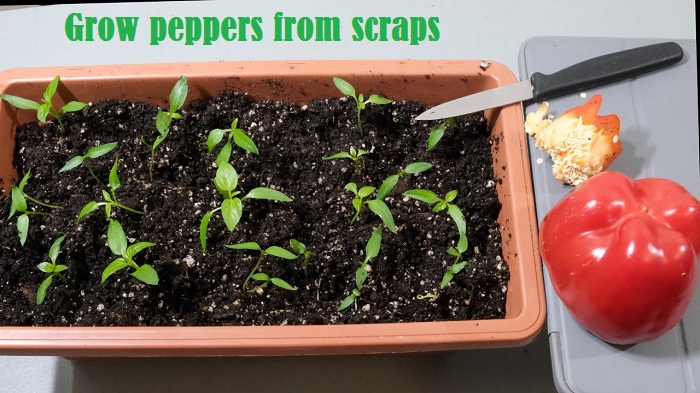Did you know that the practice of home composting is an activity that we can carry out throughout the year? In addition to producing an excellent natural fertilizer, we are helping to reduce between 40% and 60% of the waste sent to the landfill each day.
However, in winter it is important to take into account some special care to prevent low temperatures from affecting the task. Next, we share several details to consider to prevent the cold from stopping the compost maturation process.
Cut into small pieces
Chopping the materials into small pieces (between 2 and 5cm maximum) will favor the proliferation of microorganisms that participate in the decomposition process. If we have more microorganisms working, it will be easier to maintain the temperature of the compost pile.
Process and/or freeze
Processing and/or freezing food remains, before placing them in the compost bin, are alternatives to facilitate rapid degradation. By incorporating the elements in these states we will be helping nature to save a little time and, in this way, speed up the composting process.
Keep covered
Covering the compost bin is also a good idea. We can do it with thick canvas awnings, nylon blankets, and/or cardboard; in any case, we will be isolating the battery and protecting it from extreme temperatures.
Move the compost bin to a sheltered place
Another option is to move it to a more closed space (such as barbecue areas, laundry rooms, or covered galleries). As long as the space is ventilated and does not complicate the normal movement of the house, it can become the “seasonal location” until the temperatures are more “friendly”. Keep reading Preparing Your Garden for winter
Work with larger compost piles
The larger the compost pile, the better the chances of maintaining its interior temperature. During winter, the outer layers may freeze. However, these will function as an “insulator”, protecting the interior of the mixture where heat will be retained and the process will continue its normal course.
Small irrigations more frequently
By watering constantly (to keep it moist and not soggy!) We will be maximizing the work of the microorganisms. We must treat the compost as just another plant and take care that it does not lose its ideal humidity.
Intervene minimally
It is preferable not to mix or stir the pile too much during extreme winter since, each time we do this, the heat escapes. During the months of extreme cold, it is recommended to exercise a minimum intervention, just to verify that there is the air intake.
By following these tips – and having a little more patience when harvesting! – we can keep our compost bin active throughout the year.
During the low-temperature season, we can estimate between 5 and 7 months for complete maturation of the compost. If we are careful, we can have top quality compost to nourish our soils and plants when spring arrives!




